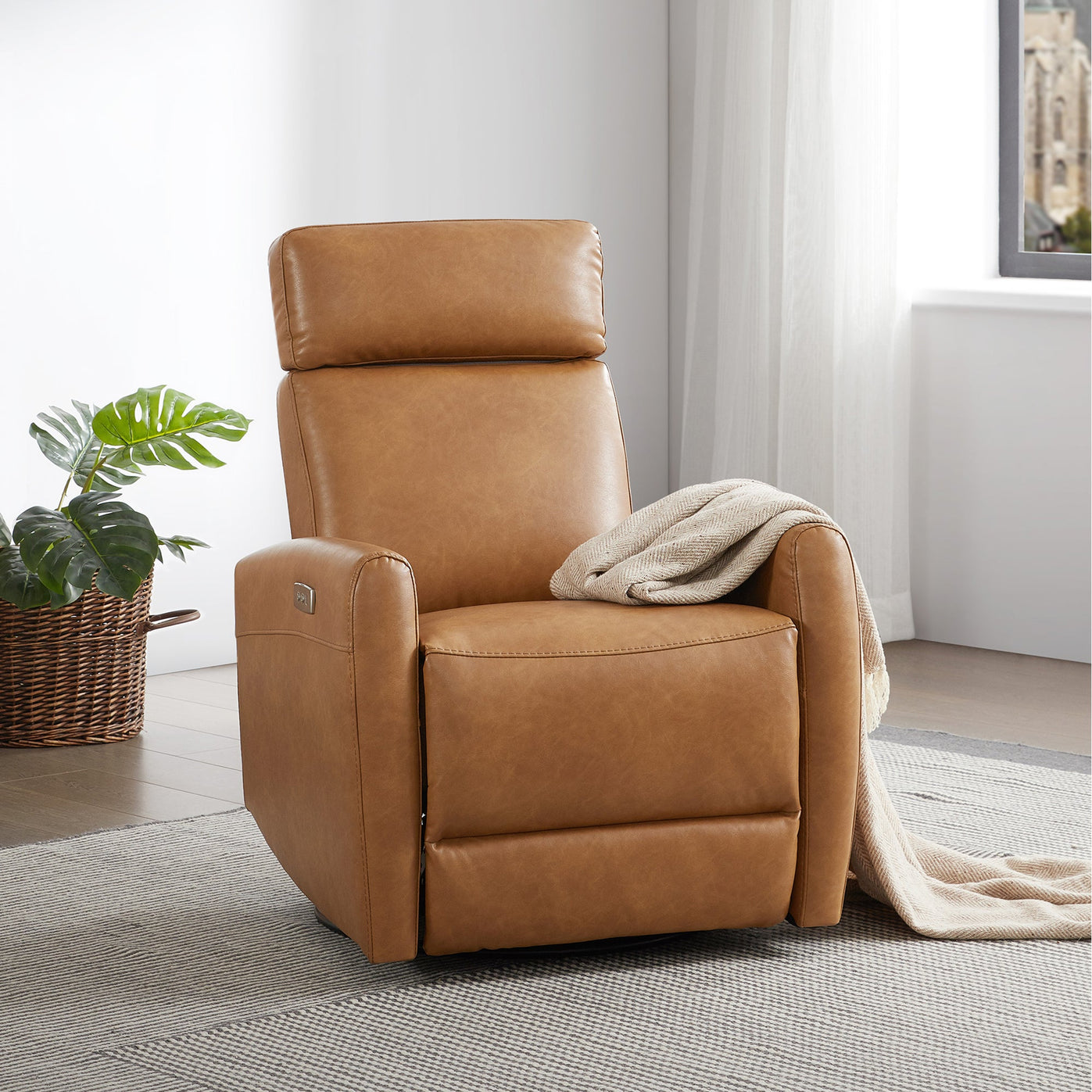The Evolution of Recliner Chairs: From simple loungers to advanced ergonomic designs
Corps
Recliner chairs have come a long way since their humble beginnings as simple loungers. Over the years, they have evolved into advanced ergonomic designs that provide unparalleled comfort and support. In this article, we will explore the fascinating journey of recliner chairs and how they have transformed to meet the needs of modern consumers.

The Early Days: Simple Loungers
In the early days, recliner chairs were basic and straightforward. They were primarily used as a piece of furniture for relaxation and leisure. These simple loungers featured a manual reclining mechanism that allowed users to adjust the backrest to their desired position. While they provided a comfortable seating experience, they lacked the advanced features and ergonomic design that we see in modern recliner chairs today.
One of the key advancements during this period was the introduction of the footrest. This innovation allowed users to elevate their legs and experience a more comfortable and relaxing seating position. However, these early recliner chairs were still limited in terms of adjustability and customization.
The Rise of Ergonomics
As our understanding of ergonomics grew, so did the design of recliner chairs. Manufacturers began to prioritize the comfort and well-being of users, incorporating ergonomic principles into their designs. This marked a significant shift in the evolution of recliner chairs.
Advanced ergonomic recliner chairs were designed to provide optimal support for the body, reducing the risk of discomfort and pain. They featured adjustable headrests, lumbar support, and armrests that could be customized to suit individual preferences. These chairs were also equipped with advanced reclining mechanisms, allowing users to effortlessly transition between different seating positions.
Furthermore, the materials used in the construction of recliner chairs also evolved. High-quality foam padding and upholstery materials were introduced to enhance comfort and durability. Some recliner chairs even incorporated memory foam technology, which molds to the shape of the body, providing personalized support.
Technological Advancements
In recent years, recliner chairs have embraced technological advancements to offer a truly immersive and luxurious seating experience. These modern recliner chairs are equipped with a range of innovative features that enhance comfort and convenience.
One notable advancement is the integration of massage and heating functions. These features provide therapeutic benefits, relieving muscle tension and promoting relaxation. Some recliner chairs even come with built-in speakers and Bluetooth connectivity, allowing users to enjoy their favorite music or podcasts while reclining.
Another technological innovation is the introduction of motorized reclining mechanisms. These chairs can be effortlessly adjusted with the push of a button, offering a seamless and convenient reclining experience. Some models even have programmable memory settings, allowing users to save their preferred seating positions.
The Future of Recliner Chairs
The evolution of recliner chairs is an ongoing process, and we can expect to see further advancements in the future. As technology continues to advance, recliner chairs may incorporate features such as built-in sensors that automatically adjust the chair based on the user's body position and posture.
Additionally, there is a growing focus on sustainability and eco-friendly design in the furniture industry. Recliner chairs of the future may be constructed using sustainable materials and manufacturing processes, ensuring a minimal environmental impact.
In conclusion, the evolution of recliner chairs from simple loungers to advanced ergonomic designs has revolutionized the way we experience comfort and relaxation. These chairs have become an essential piece of furniture in many households, providing a sanctuary for rest and rejuvenation. With continuous advancements in technology and design, the future of recliner chairs looks promising, promising even greater comfort and customization for users.











commentaires